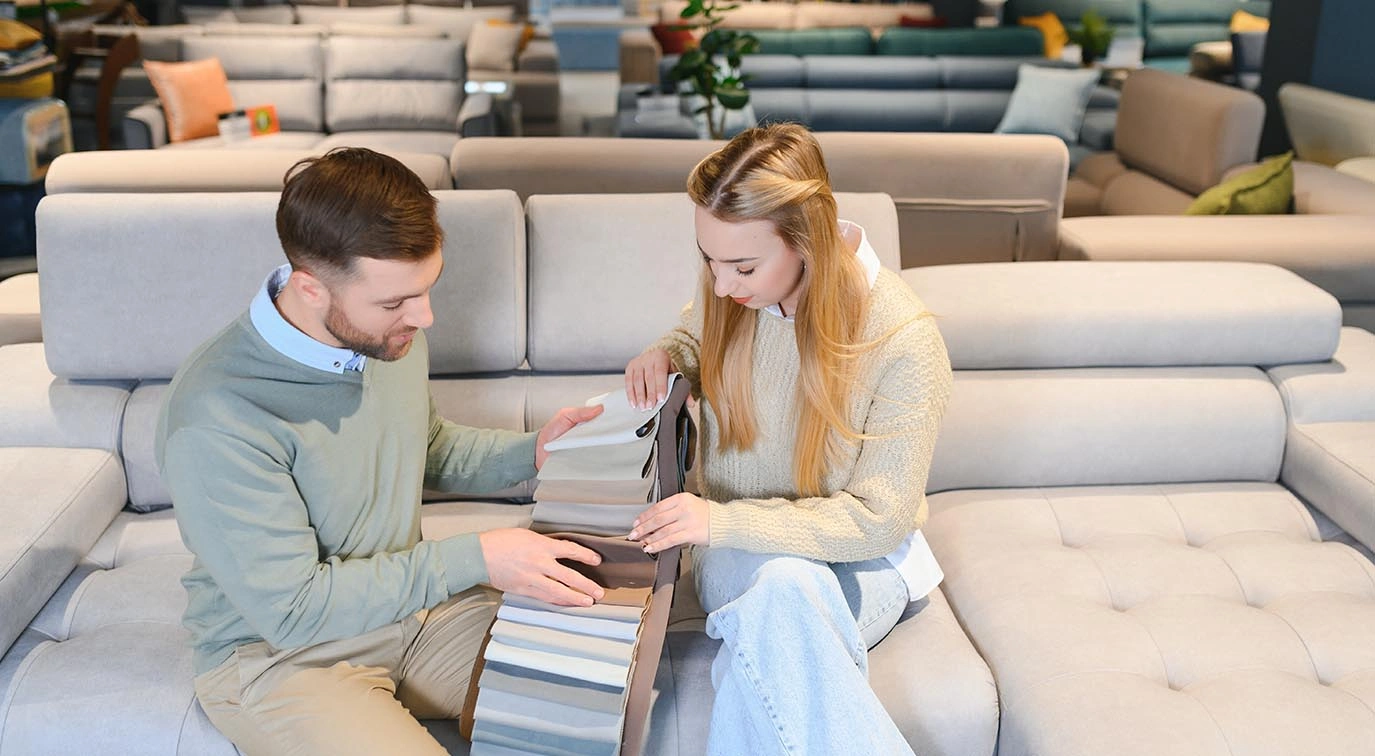Furnishing a home, especially for first-time owners or those undertaking a major renovation, is an exciting yet often daunting process. The immediate dilemma is always the same: how to balance financial constraints with the desire for quality, long-lasting furniture. The market is flooded with options, ranging from incredibly low-cost, mass-produced items to high-end, custom-crafted premium pieces.
Navigating the spectrum of ‘Budget vs. Premium’ is not about simply choosing the cheaper option; it’s about understanding where to save, where to splurge, and how to identify true value for money. By focusing on critical components and adopting a strategic shopping approach, you can create a beautiful, durable home without breaking the bank.
Understanding the Price Difference: Where Does the Money Go?
The significant price disparity between budget and premium furniture is primarily rooted in three areas: materials, construction, and design.
- Materials
- Budget: Often relies on engineered wood like particleboard or MDF (Medium-Density Fibreboard). While functional, these materials are susceptible to moisture damage and offer less structural integrity. Upholstery fabrics are usually synthetic, lower-density, and prone to pilling and fading.
- Premium: Utilizes high-quality, long-lasting materials such as solid hardwoods (teak, sheesham, mahogany), high-density ply, or durable metal alloys. Upholstery features high-rub-count fabrics (like quality microfibre or velvet), genuine leather, or thick, long-lasting foam padding.
Construction and Craftsmanship
- Budget: Relies heavily on simple joining methods like nails, staples, and glue, often leading to quicker wear and tear. Assembly is simpler, but joints loosen easily under stress.
- Premium: Features time-honoured techniques like mortise and tenon joints, dovetails, and intricate joinery. These methods are labor-intensive but result in superior structural integrity and longevity. The finishing (polishing, lacquering) is multi-layered and meticulous.
- Design and Hardware
- Budget: Designs are generic, mass-produced, and the hardware (hinges, runners, knobs) is often basic, thin metal prone to squeaking or failure.
- Premium: Offers proprietary, unique designs, specialized Modular Furniture components, and high-quality, branded hardware (like soft-close hinges and full-extension drawer slides) that function flawlessly for years.
Strategic Splurging: Where to Invest
The most effective strategy is to categorize your purchases and commit to investing more in items that see the most use or are the hardest to replace.
- Splurge on:
- The Sofa Set: As the centerpiece of the Living Room Furniture, a quality sofa (good frame, high-density foam, durable fabric) is non-negotiable. It bears the brunt of daily use.
- The Bed Frame: A strong bed ensures stability and good sleep. Investing in a solid wood or robust metal frame prevents future creaks and collapses. (Explore premium options in Bedroom Furniture).
- The Dining Table: It needs to withstand heat, spills, and heavy use. A premium table with a solid top (like good wood or marble) is an investment in durability.
- Save on:
- Accent Pieces: Items like side tables, decorative shelves, or small stools can be stylish yet affordable. Materials like laminated MDF are perfectly acceptable here, as they bear minimal weight or stress.
- Temporary Storage: Simple, non-structural shelving or utility storage that might be replaced later.
- Small Decor: Items like lighting, rugs, and wall art can be sourced affordably to change the look of the room without replacing the core furniture.
Smart Budget Shopping: How to Identify Value
When shopping on a budget, look for these quality indicators to avoid buying disposable furniture:
- Check the Joints: Even in budget wood, look for pieces with visible screws or bolts rather than just staples. Shake the item gently; if it wobbles, the construction is poor.
- Test the Weight: Heavier pieces often indicate denser, better-quality materials (plywood is heavier than particleboard).
- Inspect the Finish: Look for smooth edges and seamless veneers. Peeling laminate or rough, unfinished edges are signs of rushed, poor manufacturing that won’t withstand the Indian climate.
- Fabric Density: For upholstered items, check the fabric’s density. Tightly woven fabrics will last much longer than loose, thin ones that are prone to tearing and pilling. Ask about the fabric’s rub count.
Maximizing Value: The Budget-Friendly Advantage
Sometimes, budget alternatives offer superior functionality for modern needs.
- The Modular Advantage: Modular Furniture is often less expensive than custom carpentry, but still offers tailor-made efficiency, especially for storage like wardrobes, providing excellent value for money.
- Multi-Purpose Pieces: Budget-conscious buyers should prioritize multi-functional items (like sofa-cum-beds or nesting tables) to reduce the total number of items needed, effectively lowering the overall cost without sacrificing utility.
Conclusion: Quality is Not Just a Price Tag
Achieving quality furniture within your means is about intelligent decision-making, not deep pockets. It requires identifying your needs, strategically allocating your funds to high-usage items, and learning to scrutinize construction quality, even at the lower end of the price scale. By being a selective shopper, you ensure that every rupee spent contributes to a durable, functional, and beautiful home.
At Better Home India, we bridge the gap between budget and premium by offering meticulously crafted furniture across price points. Our commitment is to transparency in materials and construction, ensuring that whether you’re investing in a single premium piece or furnishing an entire home on a budget, you receive lasting quality and exceptional value.












